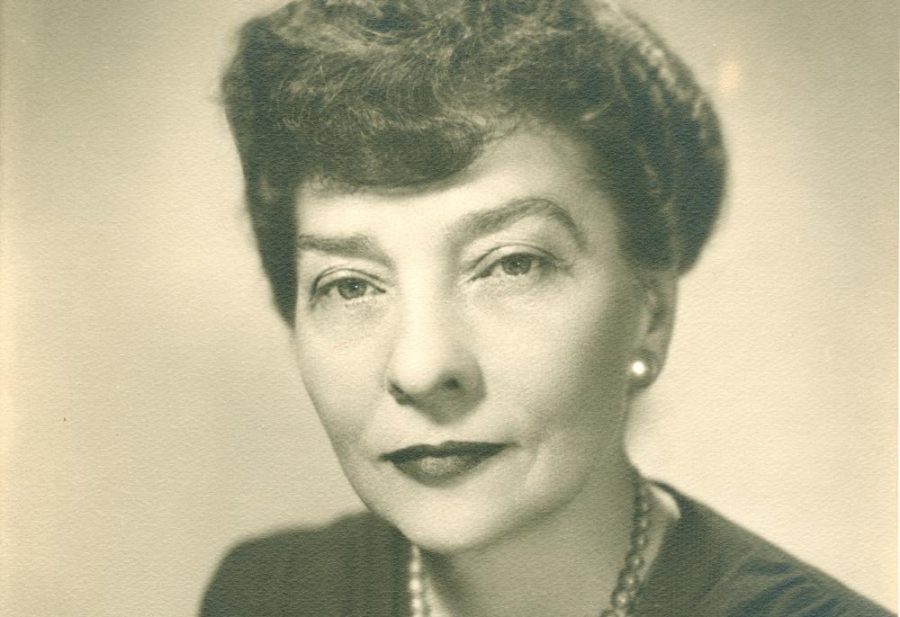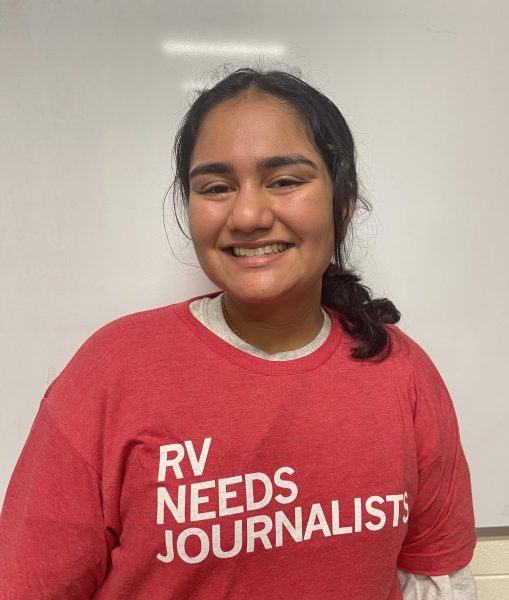Women who changed the world: Elizabeth Smith Friedman
This Women’s History Month, learn about some of the unsung heroes who made major impacts to our country, and then went largely unnoticed because of their sex
Elizabeth Friedman helped to crack codes during both World Wars
March 23, 2023
Often referred to as the “Mother of cryptology” or “America’s first female cryptanalyst,” Elizabeth Smith Friedman (1892-1980) was a legendary figure in her field, helping to advance cryptology while also helping America in both WWI and WWII.
Friedman was born on August 26, 1892 in Huntington, Indiana, as Clara Elizebeth Smith, to the nine-children household of John Marion Smith and Sopha Smith. She attended the College of Wooster in Wooster, Ohio before transferring to Hillsdale College in Michigan. Even though she was an English Literature major, she was very enthusiastic about learning languages such as Latin and Greek.
After graduating and traveling in 1916, she encountered the owner of Riverbank Laboratories, who enlisted her help in finding ciphers. It was there that she met her husband, Willam Friedman (also a cryptanalyst) and learned the art of breaking ciphers and codes. Riverbank then became involved in U.S military operations in WWI, which led to the Friedmans being the leaders of the first unit for code-breaking in American history.
The Friedmans worked for the government after WWI. Following the war, Friedman was recruited by the U.S Coast Guard in the 1920’s to solve messages that were from illegal smuggling rings during Prohibition. During this time, Friedman’s work had led her to testify in over 30 cases of narcotics smuggling and for there to be the prosecution of 650 cases.
In WWII, Friedman was assigned to monitor communication between South America and Germany. At this time, her unit was under the Navy which didn’t allow the leader of a unit to be a person who was not in the military. She had to deal with many challenges, including “the sloppiness of the FBI [inferred] in code-breaking work, and [she] felt that the agency had always looked at her with disdain and in a sexist light, yet still demanded her help because of her indispensable talents,” according to Time magazine. Even though she had contributed so much to the government, she had to deal with the challenges of sexism like many women in STEM had to face in the 1900’s. But against the odds, she overcame these obstacles and had started to decrypt the messages that Germany was sending in South America. Those messages eventually lead to Friedman uncovering a Nazi spy ring and its ringmaster in South America, and the successful elimination of the spy ring. Friedman’s efforts led to a weakening of the Axis powers in WWII.
While she had given so much information to America, she was never fully recognized for her talent until recently. J. Edgar Hoover, the F.B.I director, took credit for the accomplishments of Friedman during WWII. She was referred to as an assistant by her own husband, Willam, who got credit for the couple’s accomplishments. In fact, it wasn’t until as recently as 2008 that many people became aware of her contributions, when many documents detailing her work were declassified.
“It was a sad reality,” freshman student and member of the Women in STEM club Ava Petras said regarding Elizebeth’s anonymity when it came to her achievements. “I think it happens more than it should.
Friedman kept her silence on her accomplishments until her death in 1980. A legend both in her field and for breaking barriers for women, she will always be known for her bravery and devotion to her country during both World Wars.







